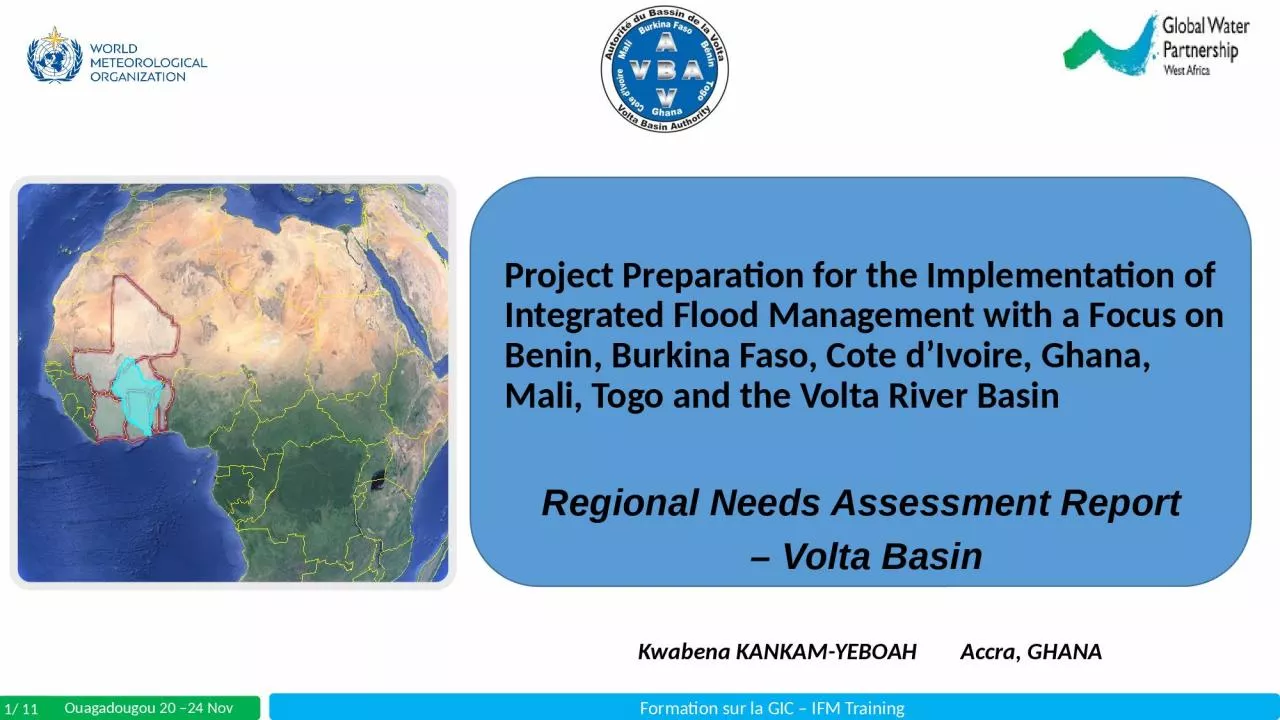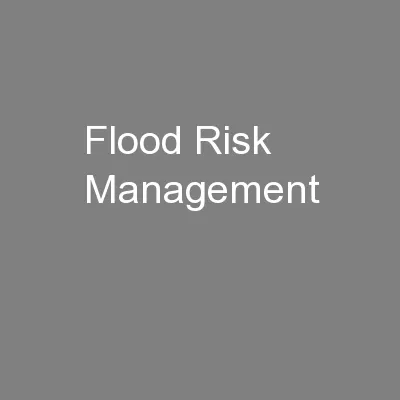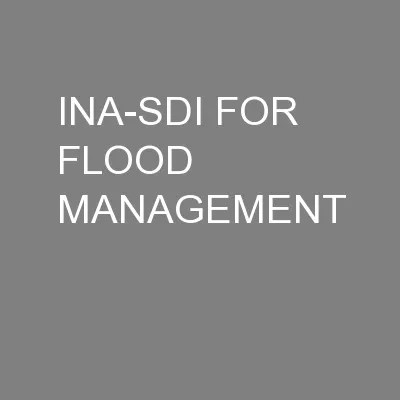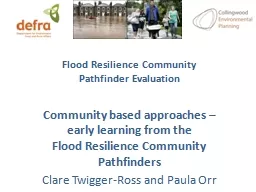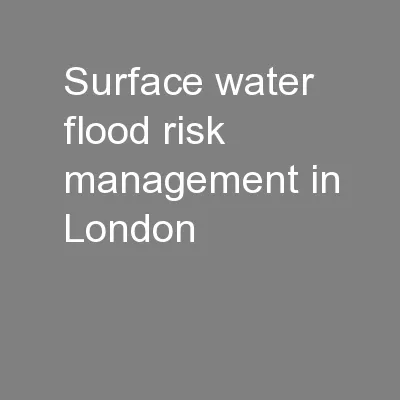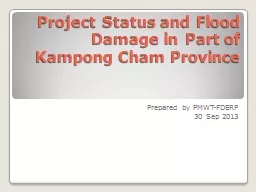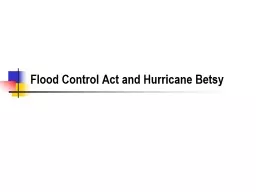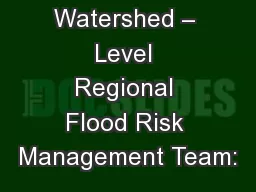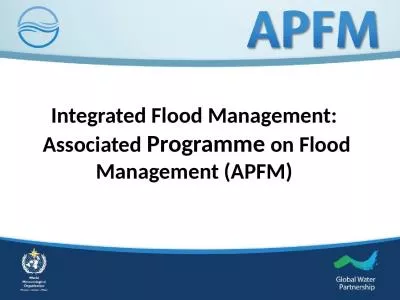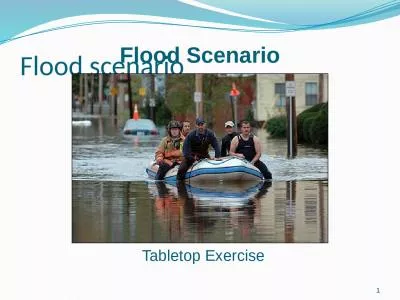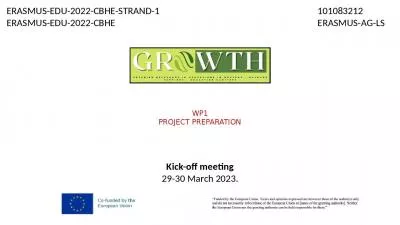PPT-Project Preparation for the Implementation of Integrated Flood Management with
Author : deborah | Published Date : 2023-09-25
a F ocus on Benin Burkina Faso Cote dIvoire Ghana Mali Togo and the Volta River Basin Regional Needs Assessment R eport Volta Basin Kwabena KANKAMYEBOAH Accra
Presentation Embed Code
Download Presentation
Download Presentation The PPT/PDF document "Project Preparation for the Implementati..." is the property of its rightful owner. Permission is granted to download and print the materials on this website for personal, non-commercial use only, and to display it on your personal computer provided you do not modify the materials and that you retain all copyright notices contained in the materials. By downloading content from our website, you accept the terms of this agreement.
Project Preparation for the Implementation of Integrated Flood Management with: Transcript
a F ocus on Benin Burkina Faso Cote dIvoire Ghana Mali Togo and the Volta River Basin Regional Needs Assessment R eport Volta Basin Kwabena KANKAMYEBOAH Accra GHANA. SAMUEL ASUMADU-SARKODIE. Sustainable Water Resources. (. SEES-503). Term Paper Presentation. METU. NCC. 2. Introduction . Problem Statement. Justification. Research Objectives. Critical Analysis. Proposal. Helping us help you. Gordon Trapmore - Flood & Coastal Risk Manager Devon & Cornwall. Kevin Barnes - Flood Resilience Team Leader Devon & Cornwall. Liz Fraser - Flood Resilience Officer Devon & Cornwall. INDONESIA. INDONESIAN SDI:. CASE STUDY FLOOD DISASTER MANAGEMENT. The Hyogo Framework for Action 2005-2015 urges all countries to prepare an integrated disaster risk reduction mechanism that is supported by a proper institutional basis and adequate resources. . Community based approaches – early learning from the Flood Resilience Community Pathfinders. Clare . Twigger. -Ross and Paula Orr. Outline. The Community Flood Resilience Pathfinders. What is community resilience?. Alex Nickson, . Policy and programmes manager, climate change adaptation and water. Greater London Authority. …..so what is the GLA?. The Greater London Authority (GLA) is the regional government for London . Prepared by PMWT-FDERP. 30 Sep 2013. Project status during flooding. Contents. Project Location (line diagram). Project CW6a status. Project CW6b status. Project CW6c status. Project CW7 status. Project Location. and Hurricane Betsy. 2. MRGO. Where is the MRGO?. Why was it built. ?. What ports are in competition with NO?. Why is it easier to get to them?. What is the advantage of Mississippi river ports?. Who do you think wanted it built?. Collaborative Risk Reduction. PROVIDING STRATEGIC FLOOD-RISK ALTERNATIVES. Bruce A. Munholand P.E., PMP. Regional Watershed. PROVIDING STRATEGIC FLOOD-RISK ALTERNATIVES. Event: . Upper Mississippi River Watershed. Plain. Shawn Sturhan. Assistant Manager . Harris County Permits Office. Shawn.Sturhan@hcpid.org. TOPICS. How to determine floodplain status of a property. ;. What jurisdiction the property lies within. La gamme de thé MORPHEE vise toute générations recherchant le sommeil paisible tant désiré et non procuré par tout types de médicaments. Essentiellement composé de feuille de morphine, ce thé vous assurera d’un rétablissement digne d’un voyage sur . . SYFTET. Göteborgs universitet ska skapa en modern, lättanvänd och . effektiv webbmiljö med fokus på användarnas förväntningar.. 1. ETT UNIVERSITET – EN GEMENSAM WEBB. Innehåll som är intressant för de prioriterade målgrupperna samlas på ett ställe till exempel:. Associated . Programme. on Flood Management (APFM) . Why is IFM necessary?. Source: WMO-No. 11.23 (2014). Impacts of hydrometeorological and . climatological hazards (1955–2014). 3. Reduction of the number of victims thanks to greater effectiveness. Tabletop Exercise. Tabletop Exercise. 2. Welcome and . introductions. Discuss agenda for the day. Review administrative details. Start the exercise. Welcome and Introductions. Name. Organization. Emergency response experience. 29-30 March 2023.. ERASMUS-EDU-2022-CBHE-STRAND-1. ERASMUS-EDU-2022-CBHE. 101083212. ERASMUS-AG-LS. GROWTH 101083212. Workpackages Overview and Deliverables. D1.1.1. Project teams created. D1.1.2. Implementation tools adopted.
Download Document
Here is the link to download the presentation.
"Project Preparation for the Implementation of Integrated Flood Management with"The content belongs to its owner. You may download and print it for personal use, without modification, and keep all copyright notices. By downloading, you agree to these terms.
Related Documents

